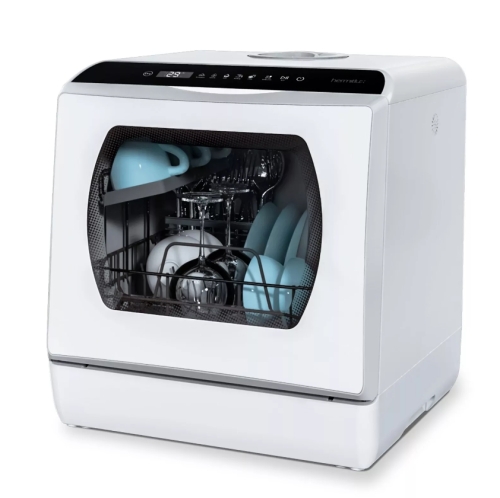The dishwasher is a household appliance that greatly improves the convenience of family life, and its appearance has changed the way we handle daily tableware. For busy modern people, dishwashers not only save time, but also reduce the tedious labor caused by washing utensils. Whether it is a pile of dishes after a family dinner, or a daily meal of scattered cutlery, the dishwasher can efficiently handle.
The working principle of the dishwasher is relatively simple, but it contains a lot of sophisticated technology. First, it mixes hot water and detergent through a water nozzle to produce a strong stream of water to effectively remove grease and dirt from the surface of the tableware. At the same time, modern dishwashers are also equipped with a variety of washing modes, such as energy saving, strong, fast, etc., can be selected according to different cutlery and dirt levels. The addition of timing function and drying mode makes the dishwasher more flexible and efficient in use.
In addition, the energy-saving characteristics of dishwashers are also concerned. Dishwashers use less water and electricity than manual washing, especially in some energy-saving modes, where water usage is often less than 10 liters, far less than traditional dishwashing. This not only reduces household bills for water and electricity, but also helps protect the environment, allowing us to enjoy convenience while contributing to sustainable development.
Despite the obvious advantages of dishwashers, there are some things to pay attention to when buying and using them. First of all, it is crucial to choose a model that suits the needs of the family. Small families may choose a small dishwasher, while large families should consider a larger capacity machine. At the same time, the appropriate placement and placement is also the key to improve the cleaning effect, to avoid stacking tableware so that the water can not effectively contact each corner.
















